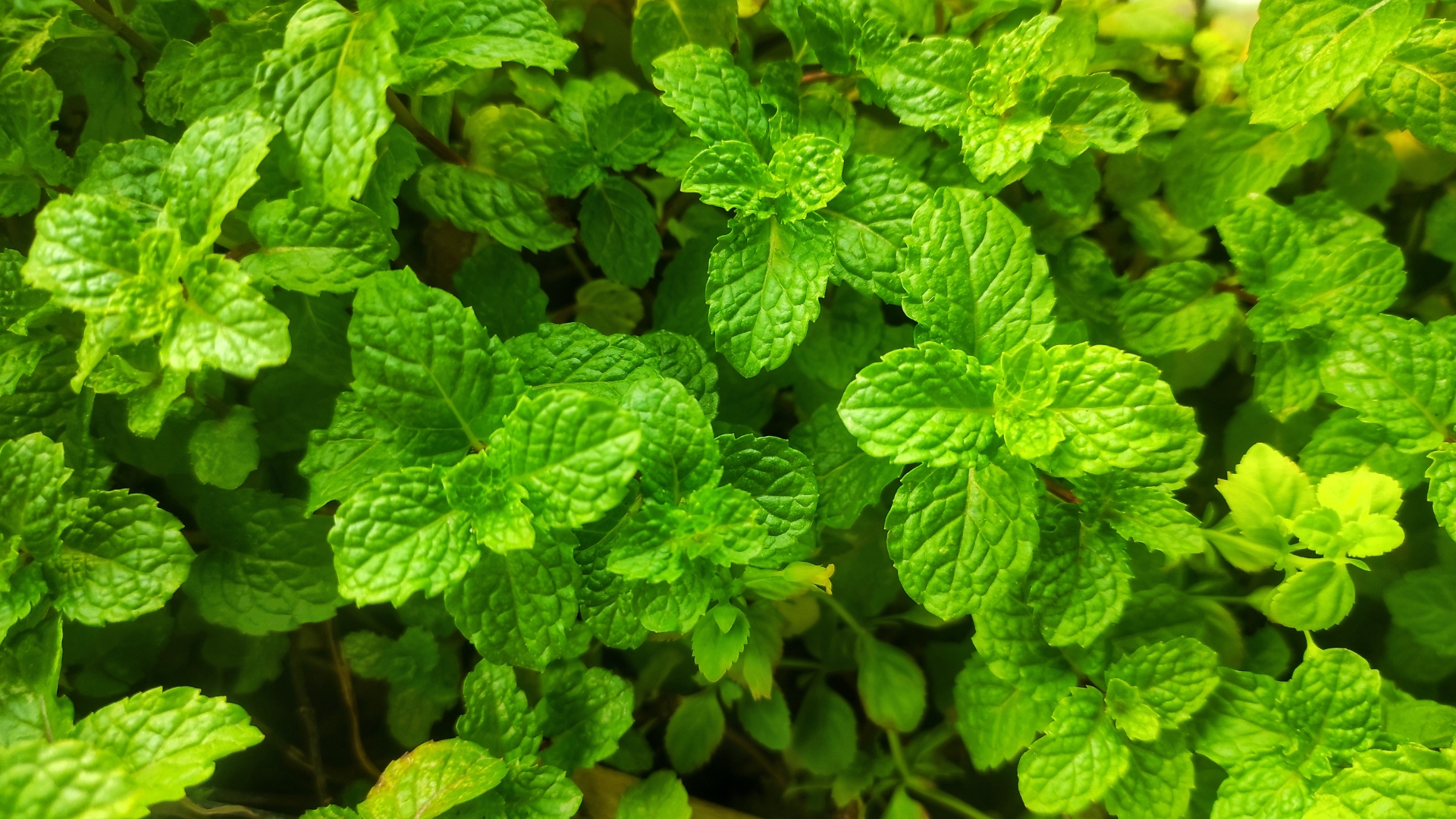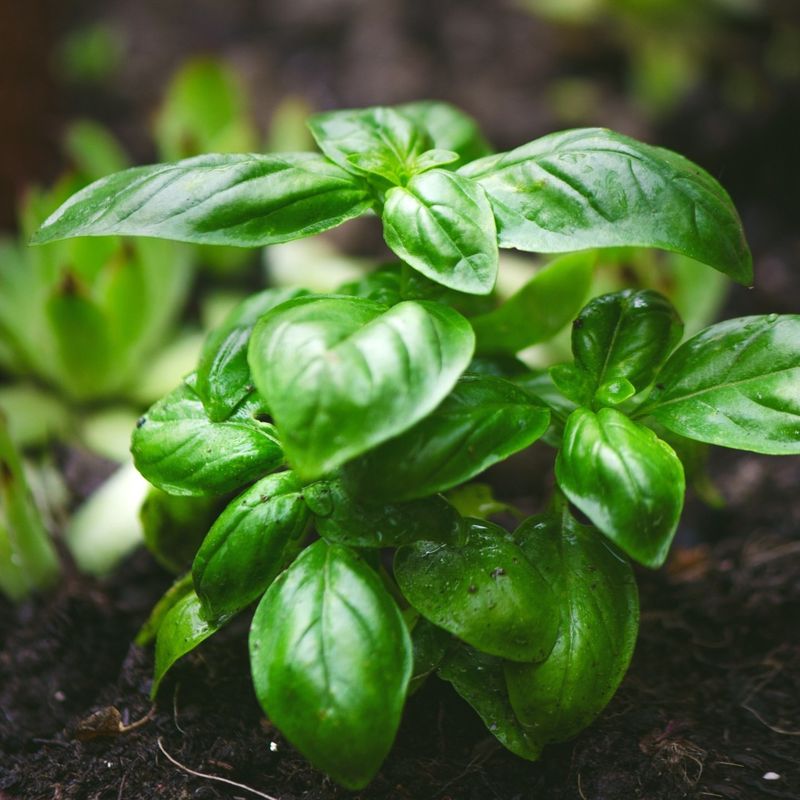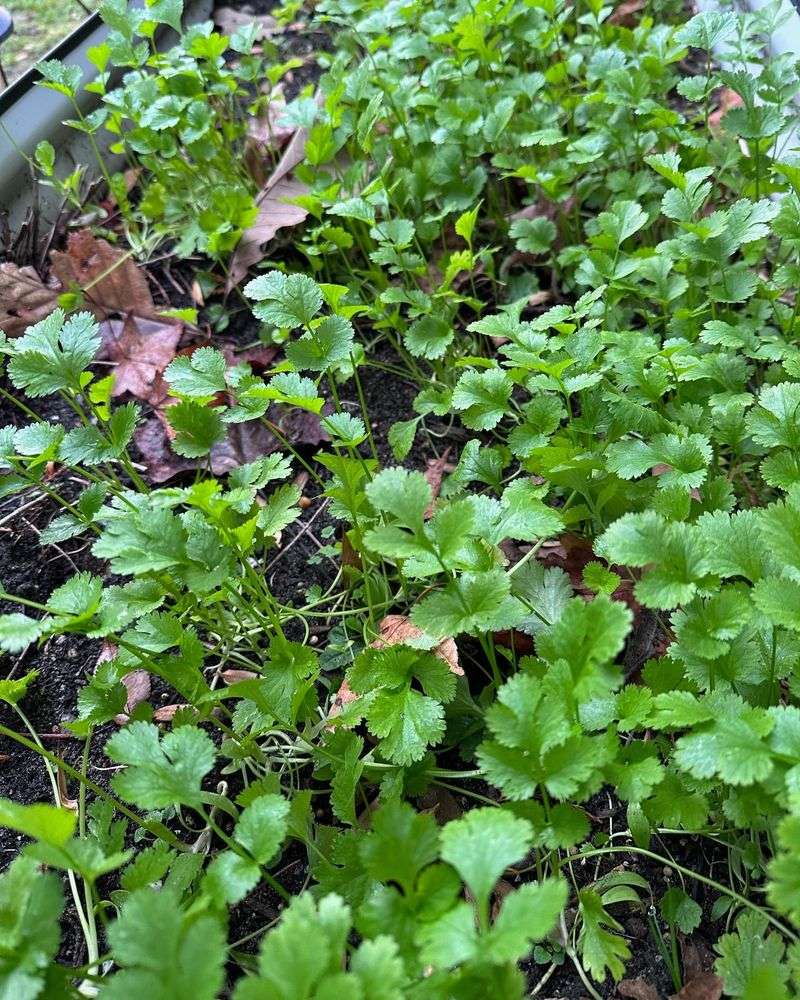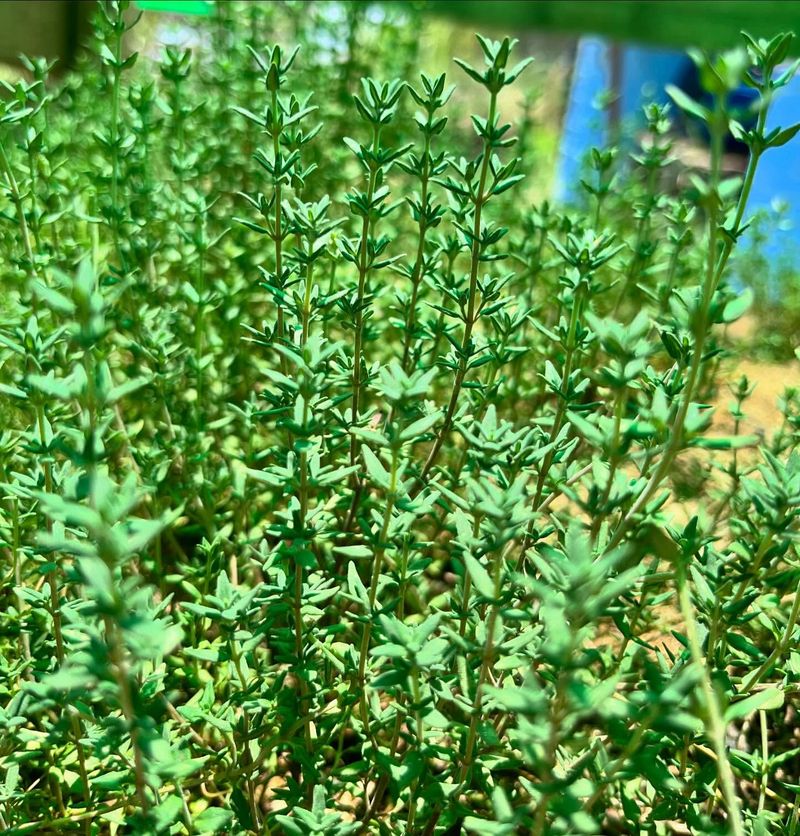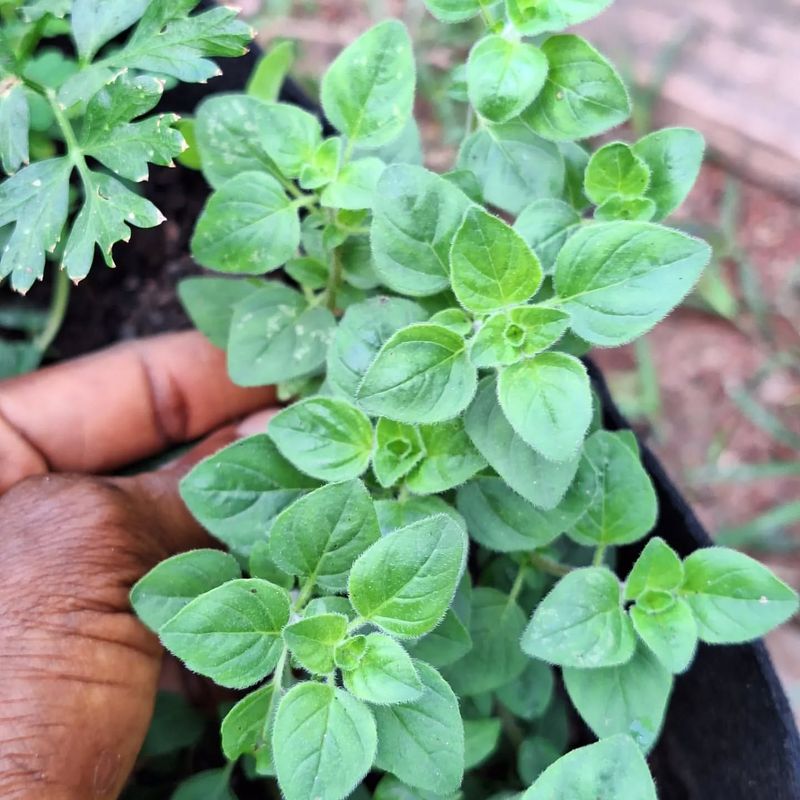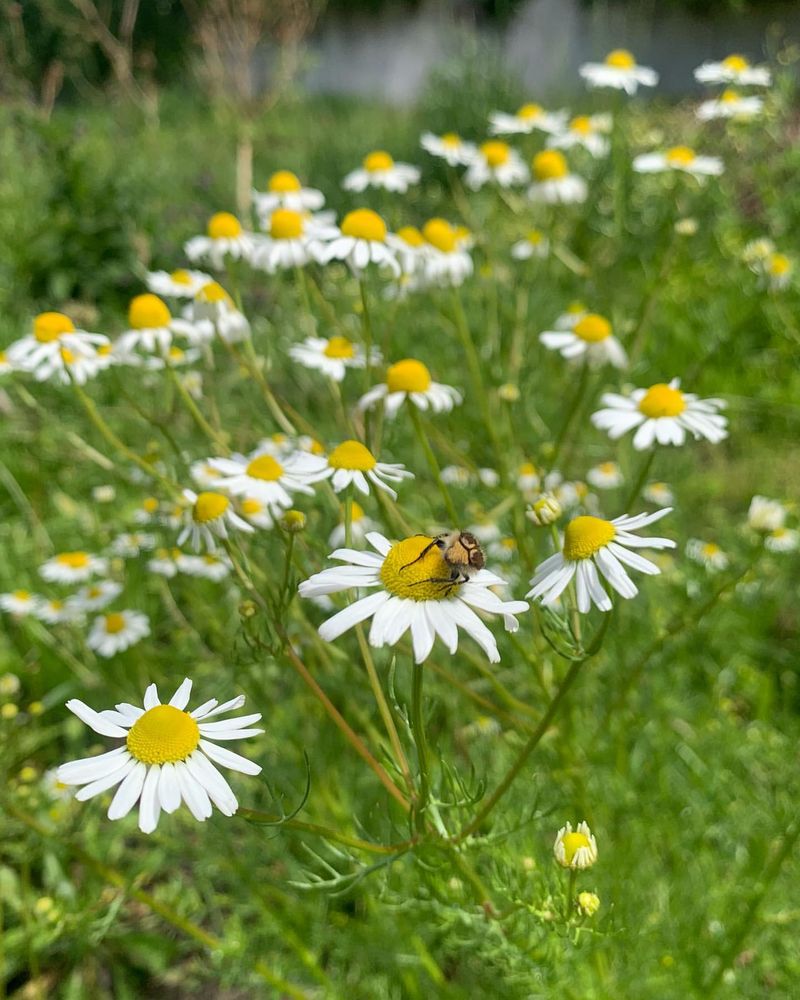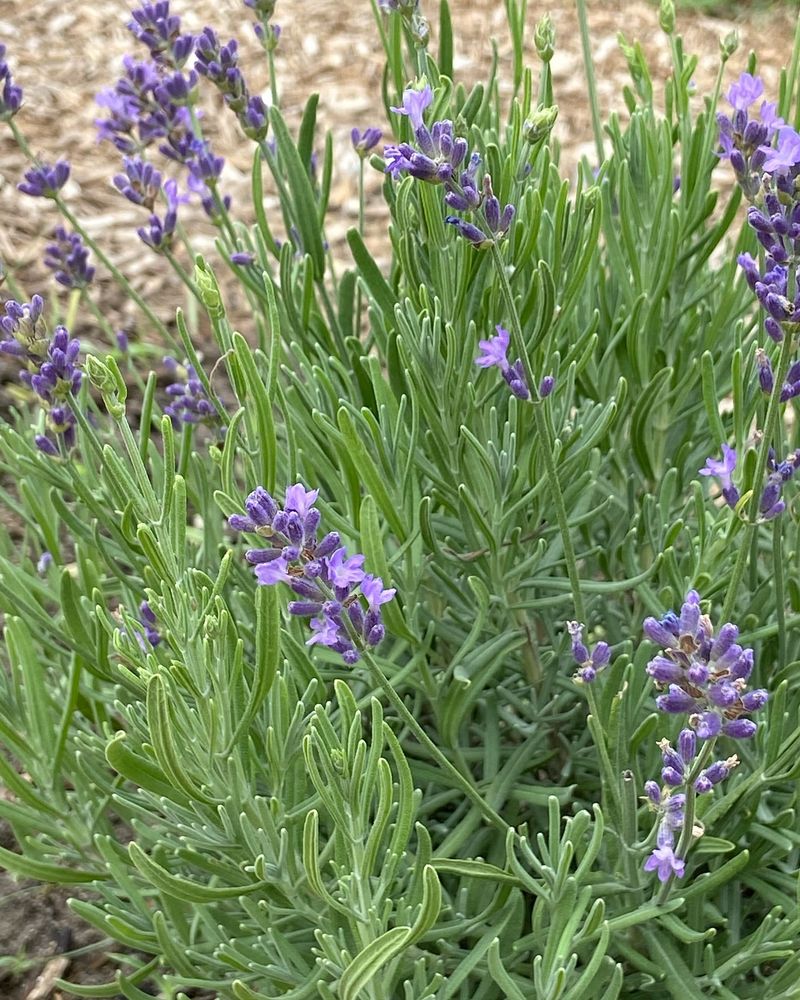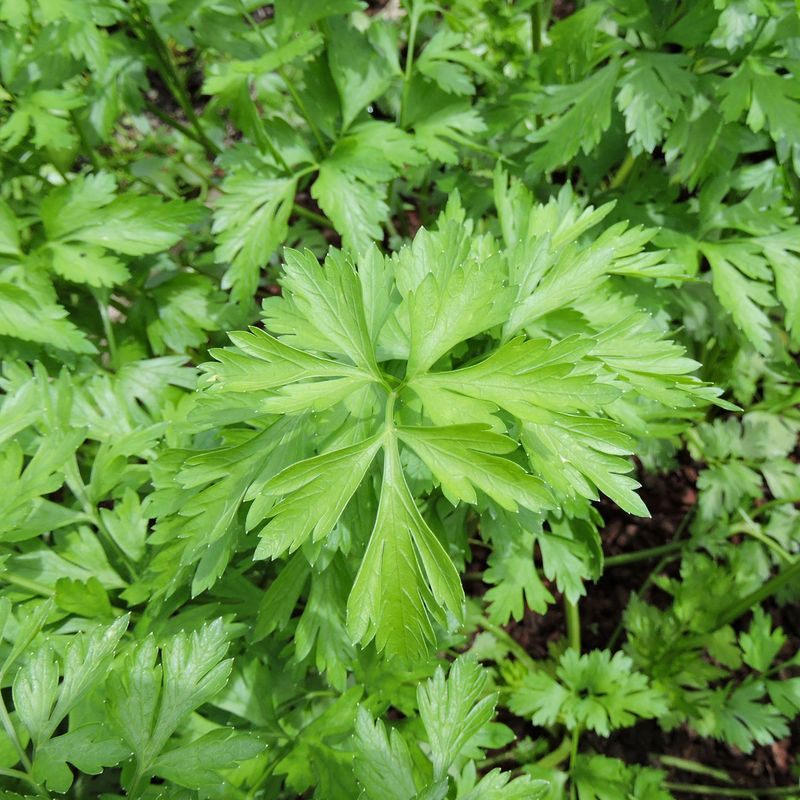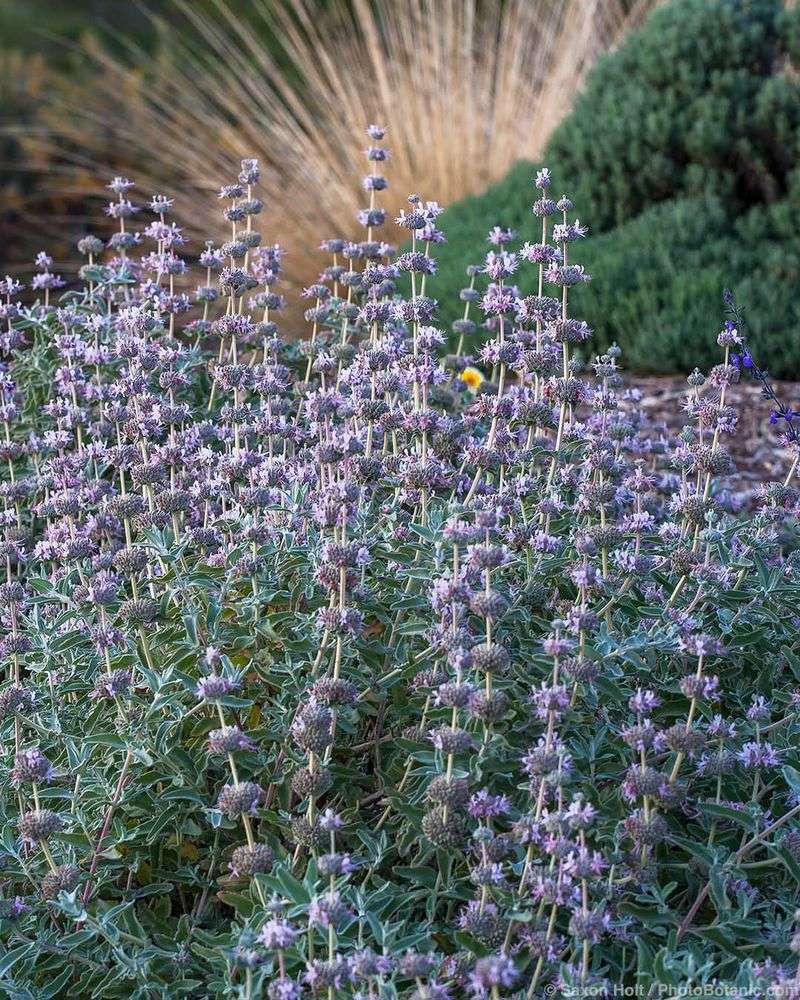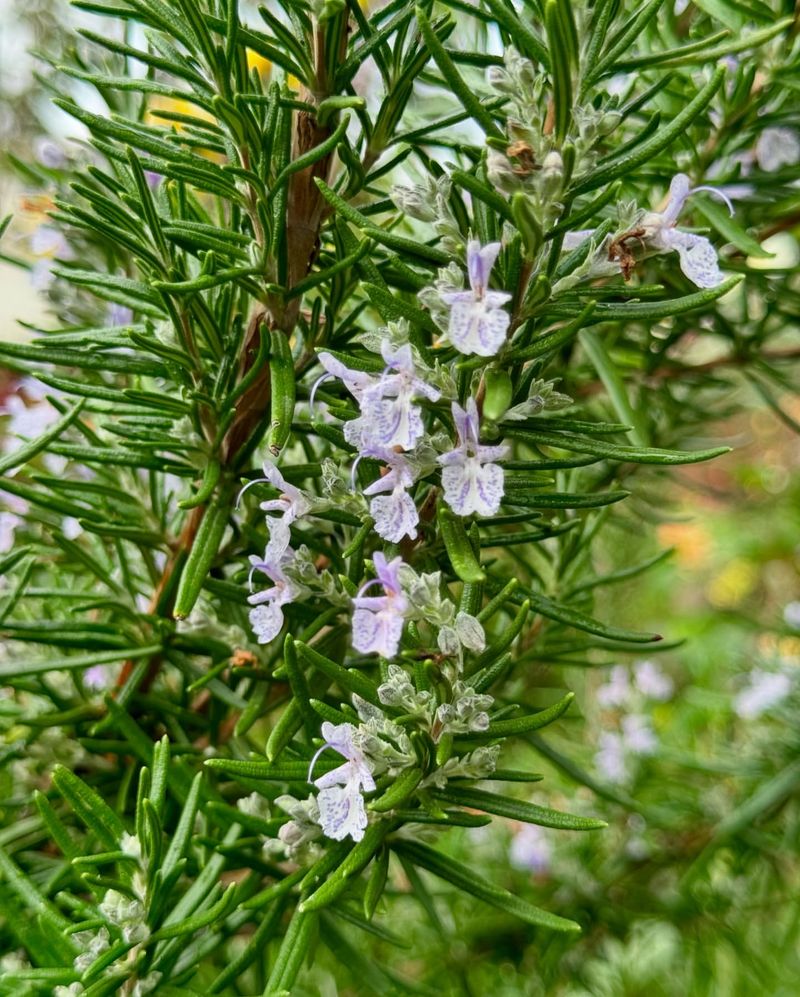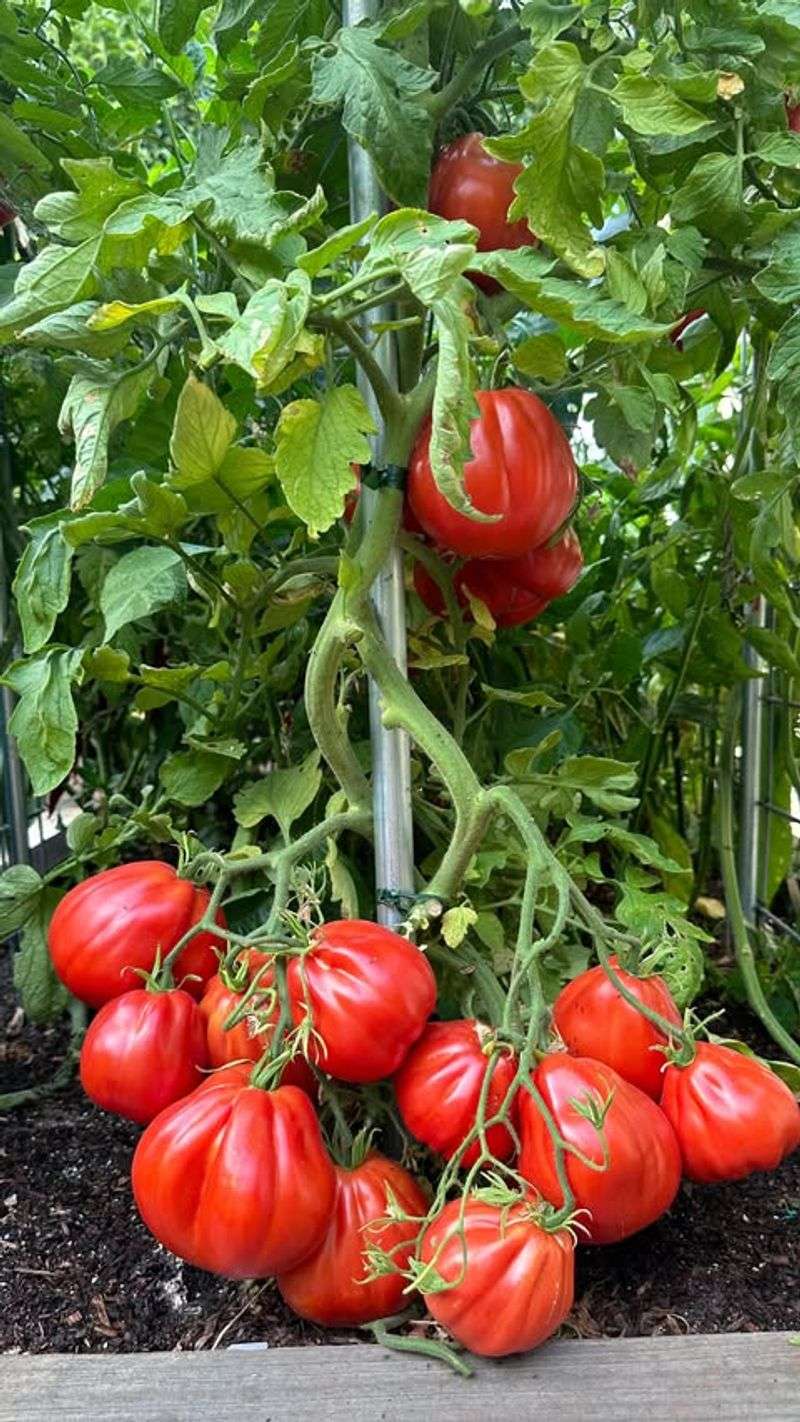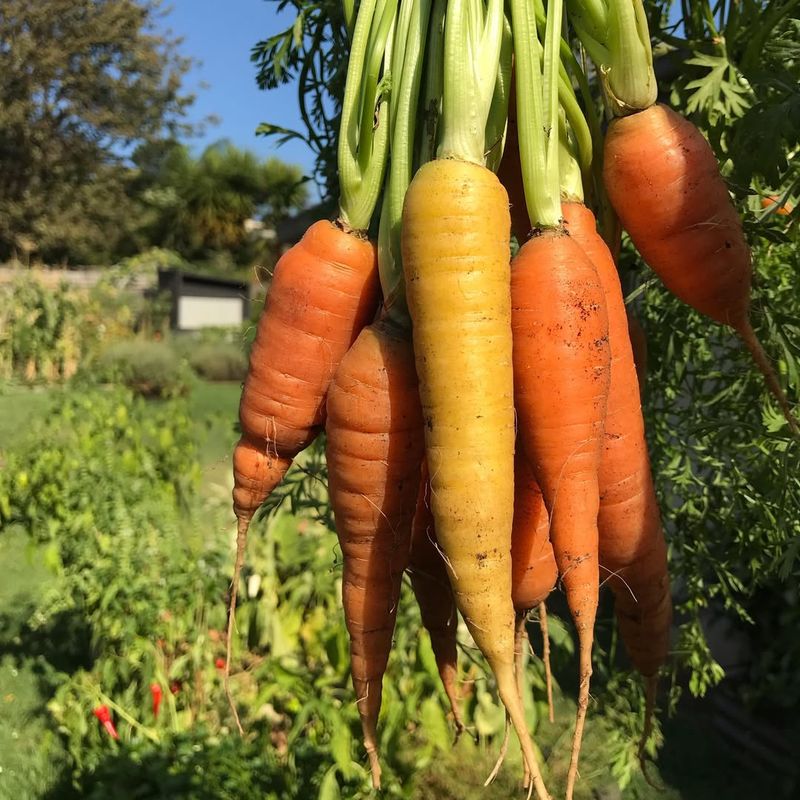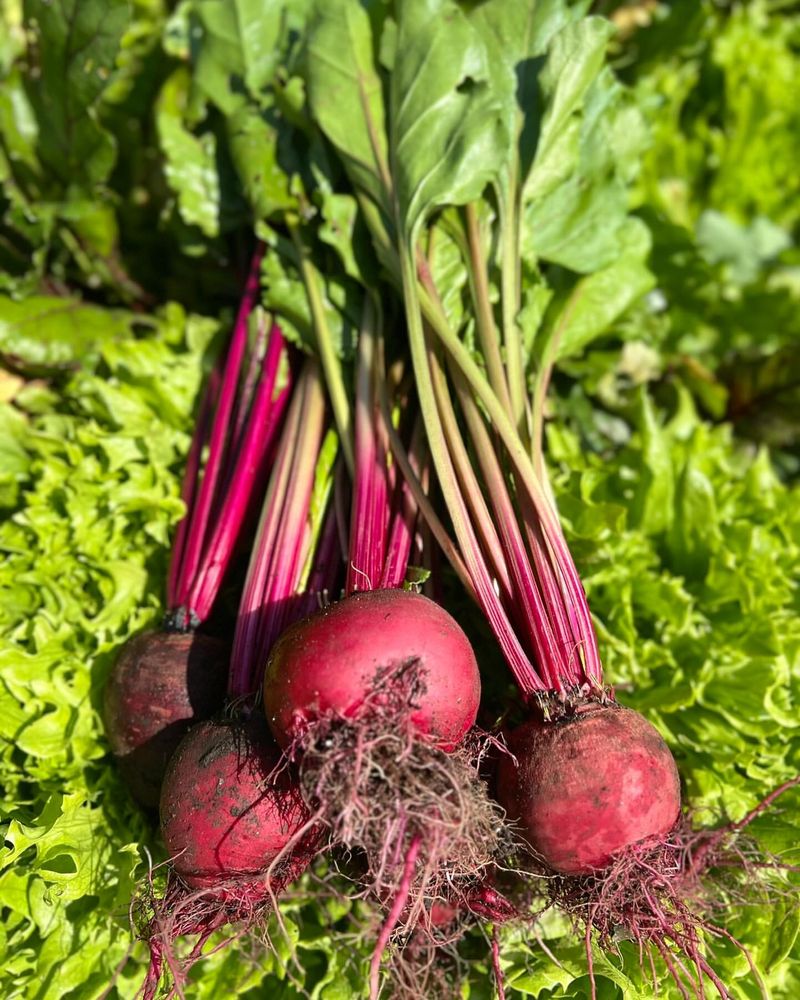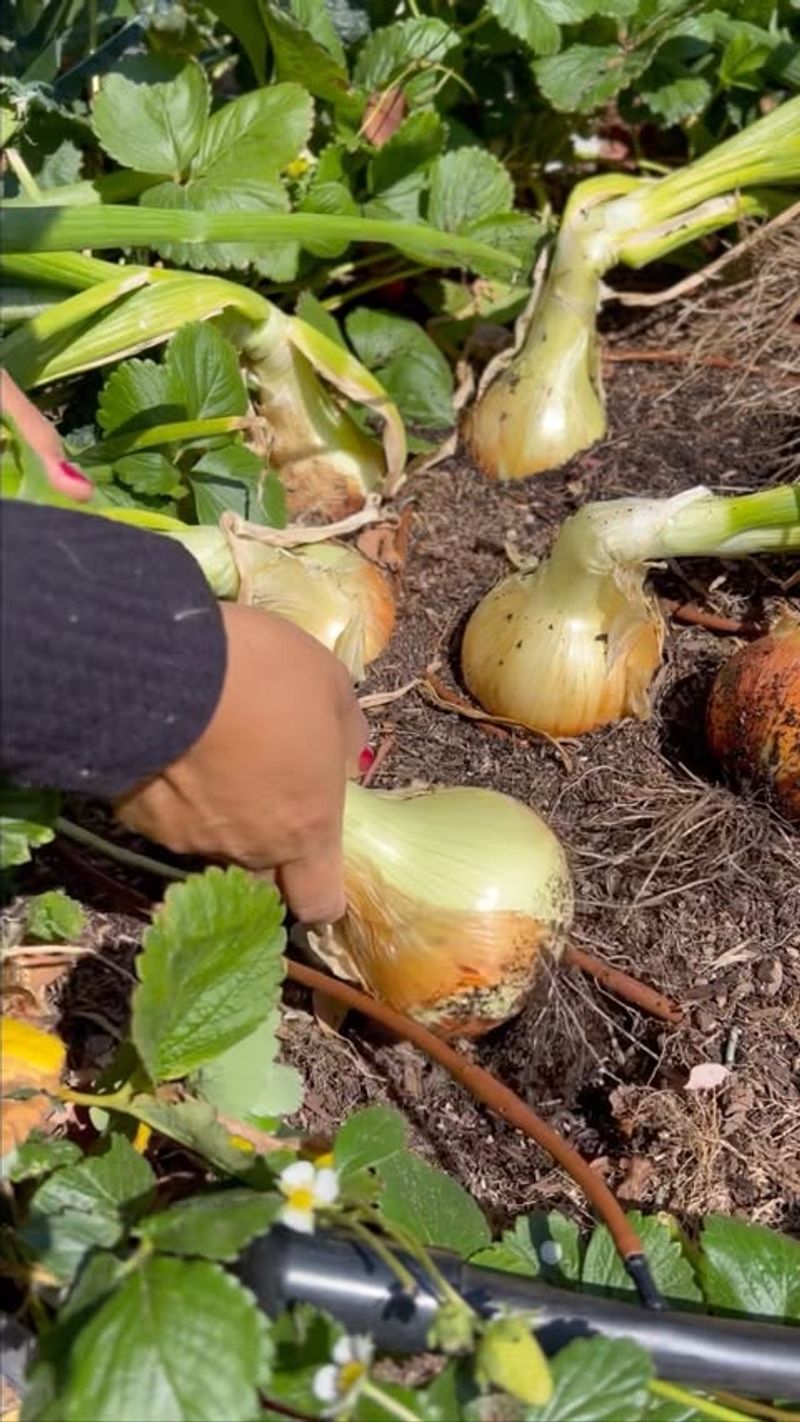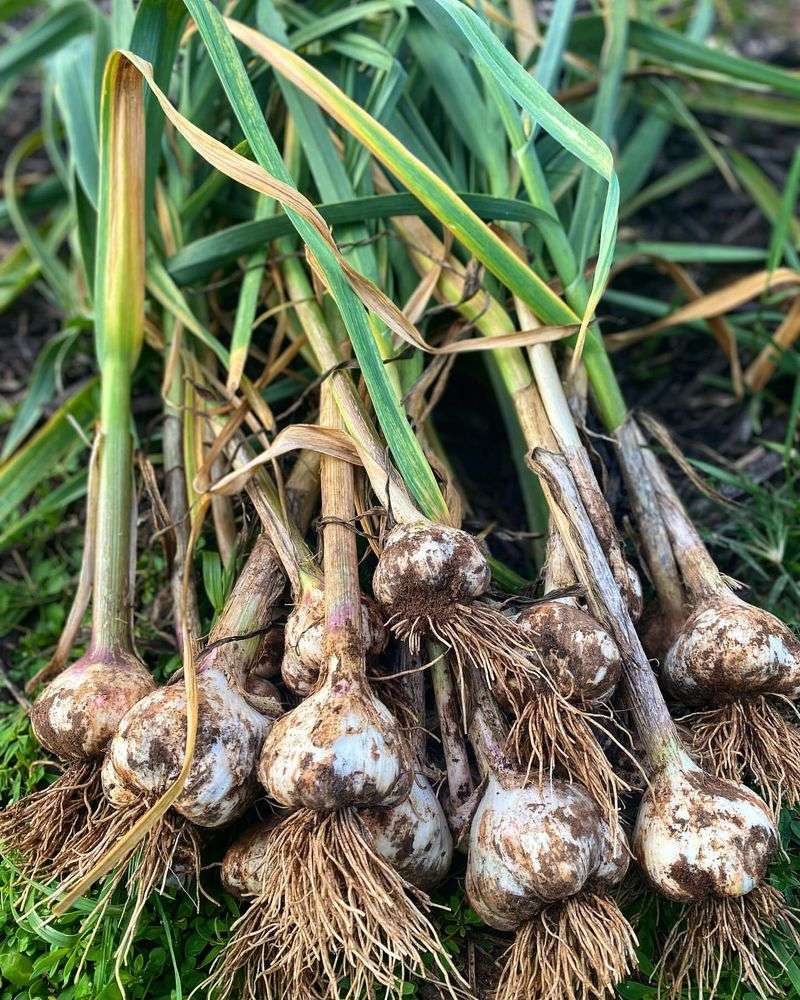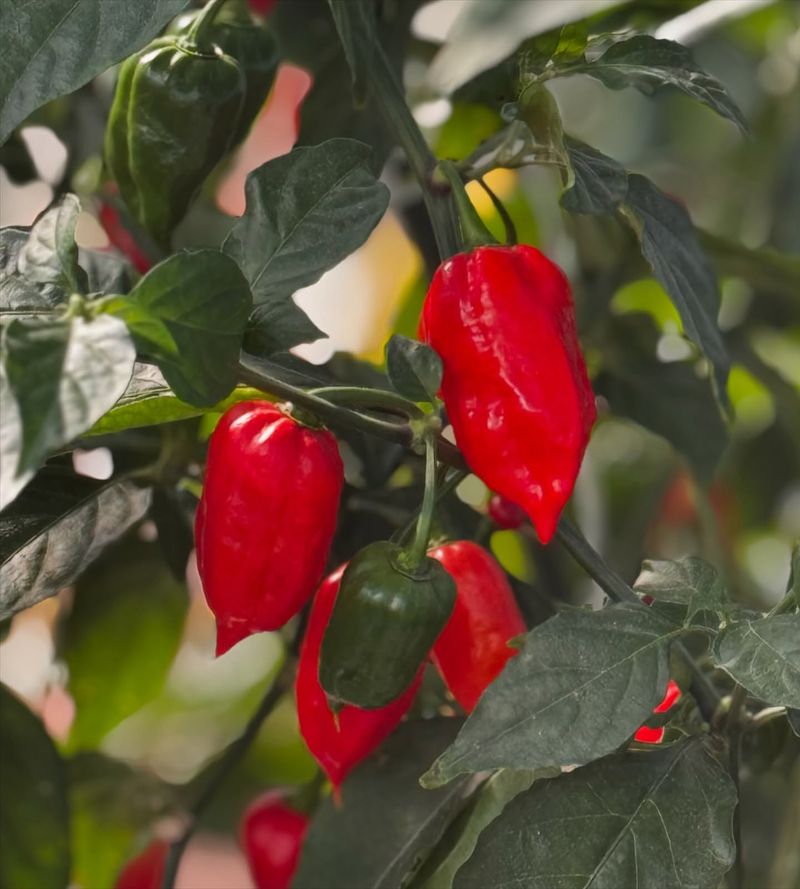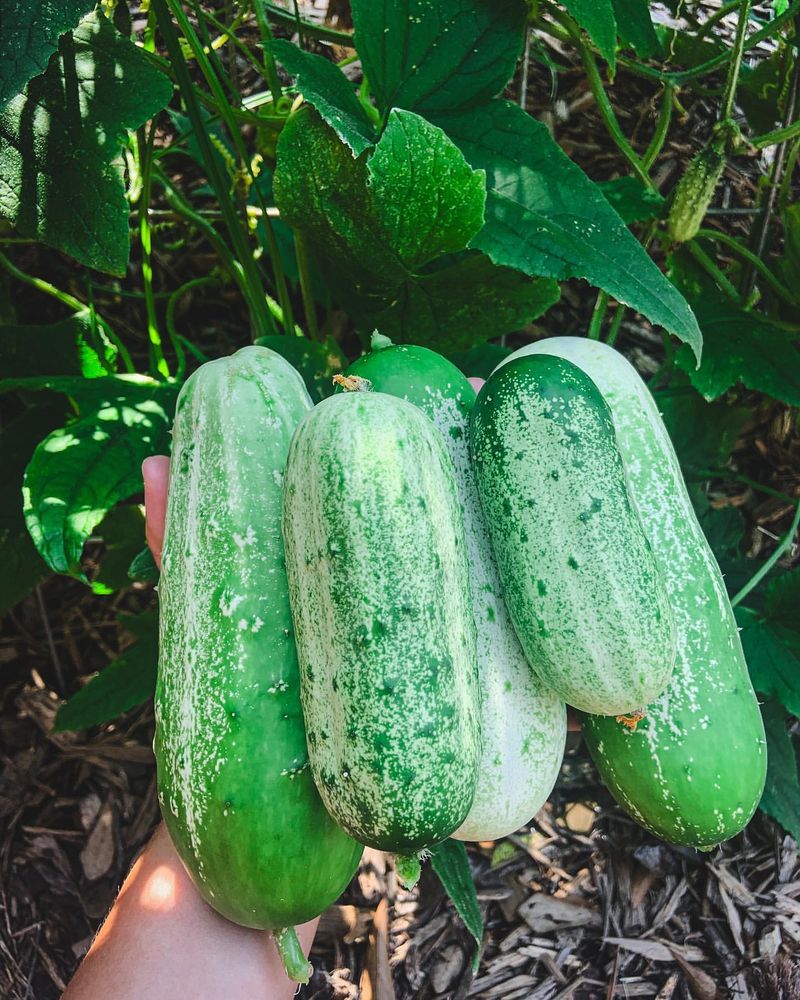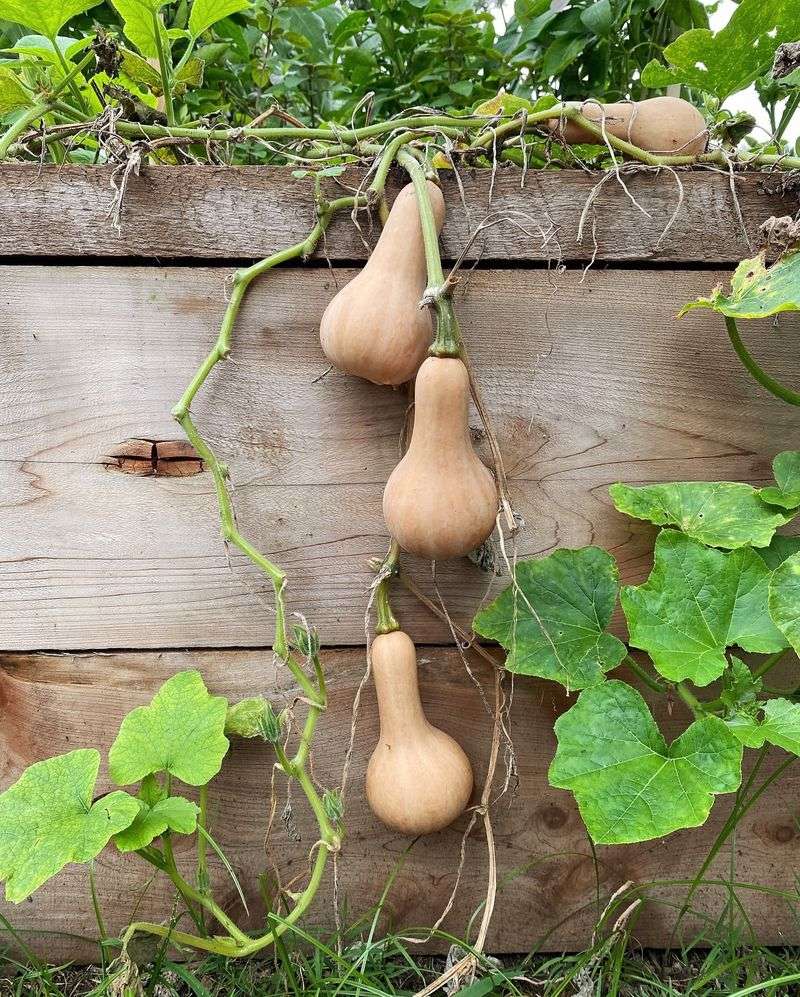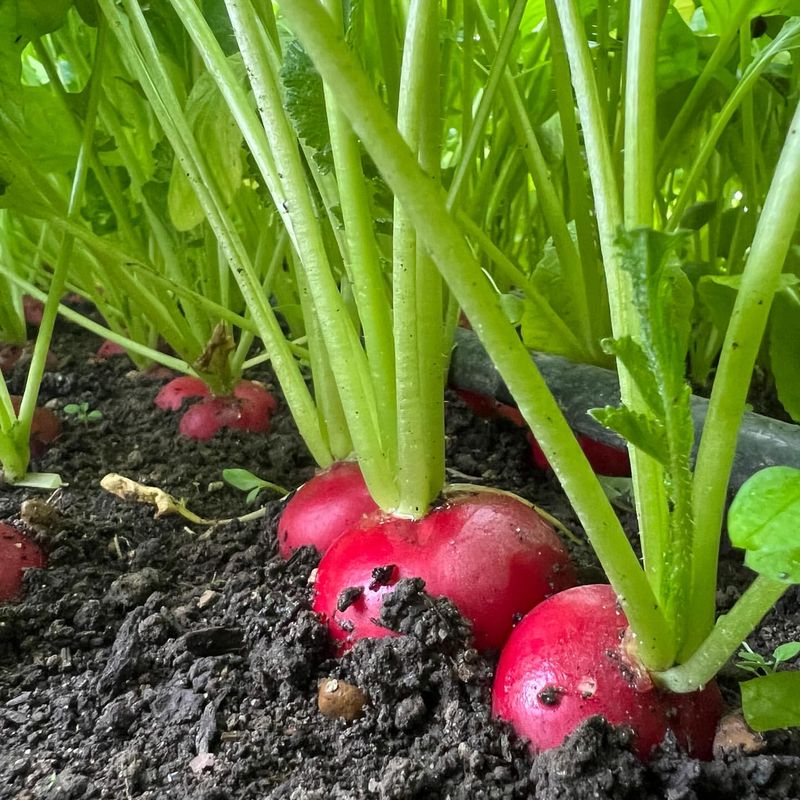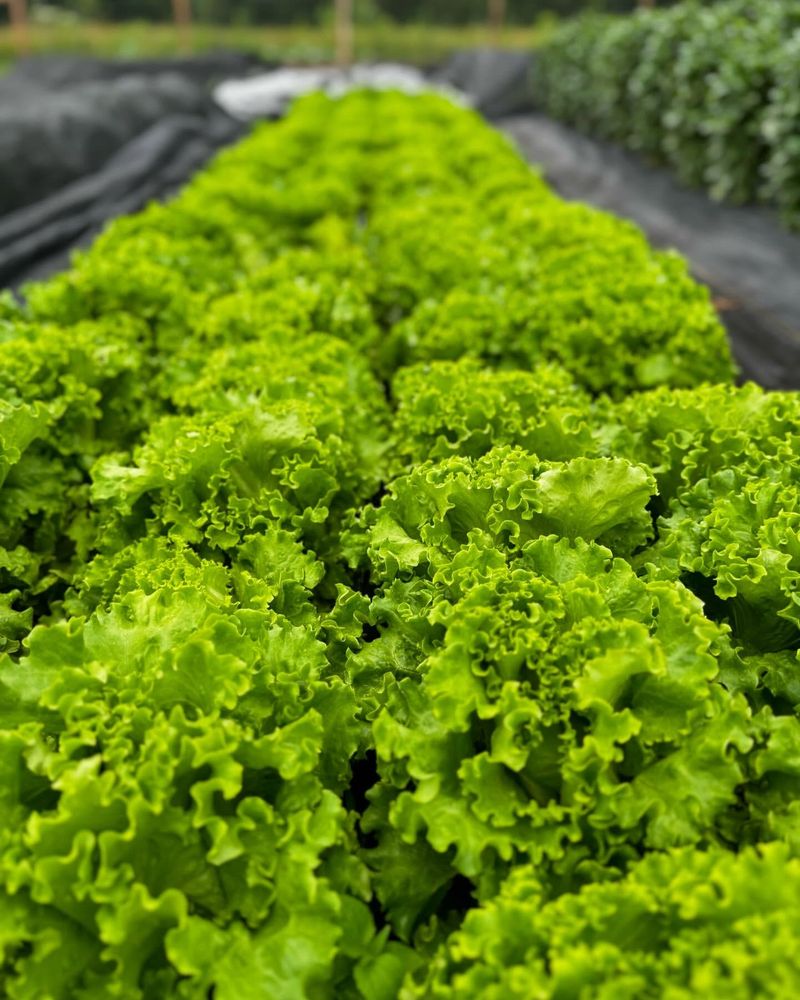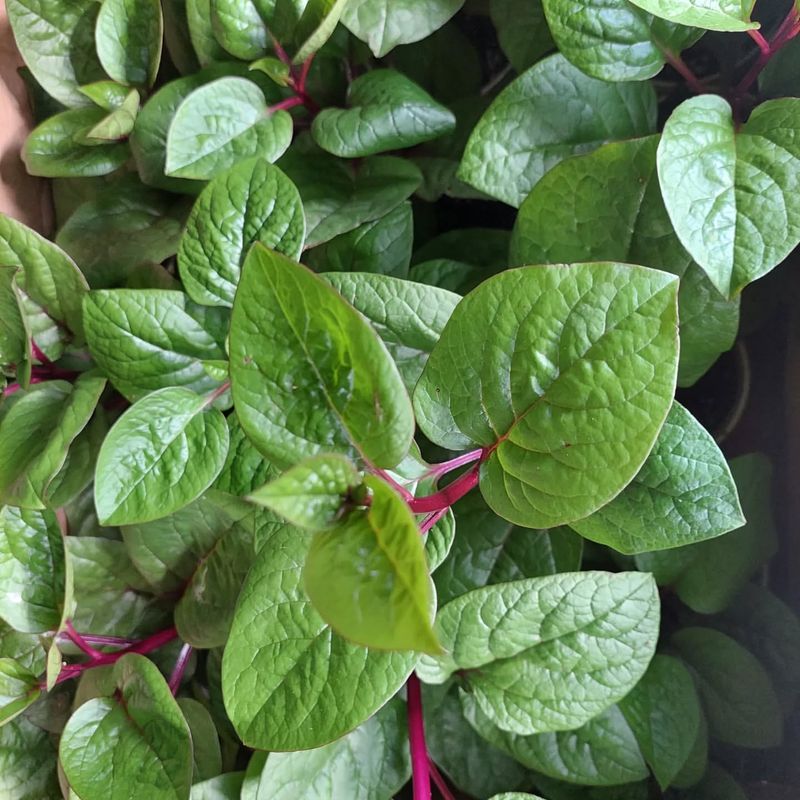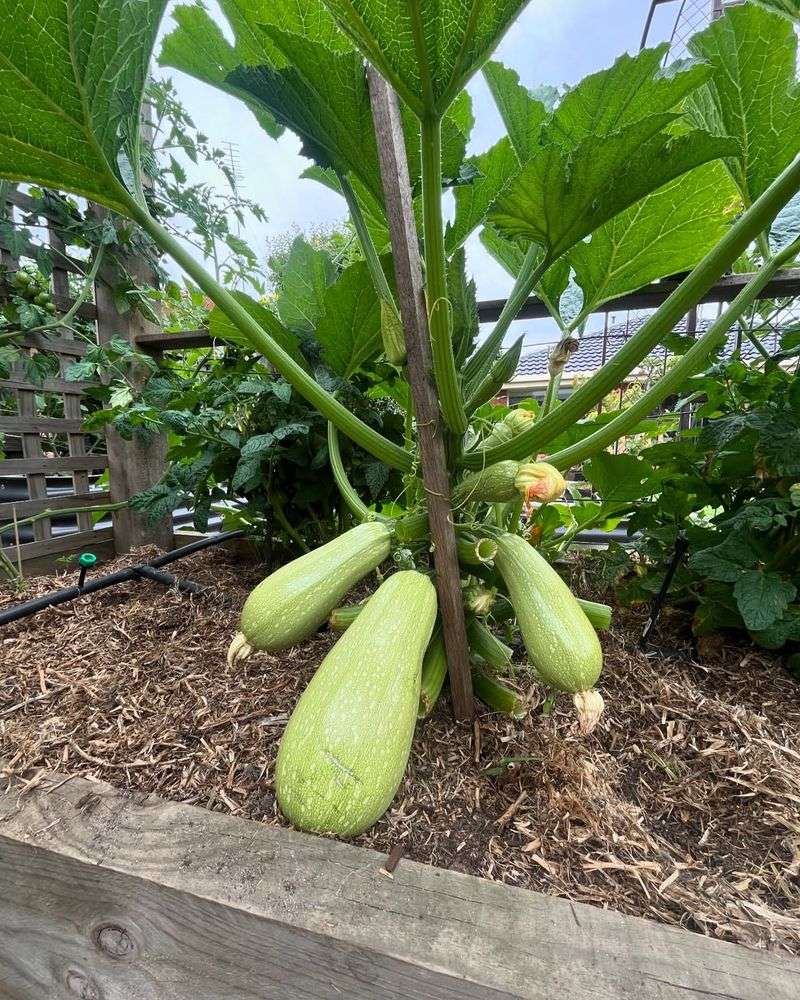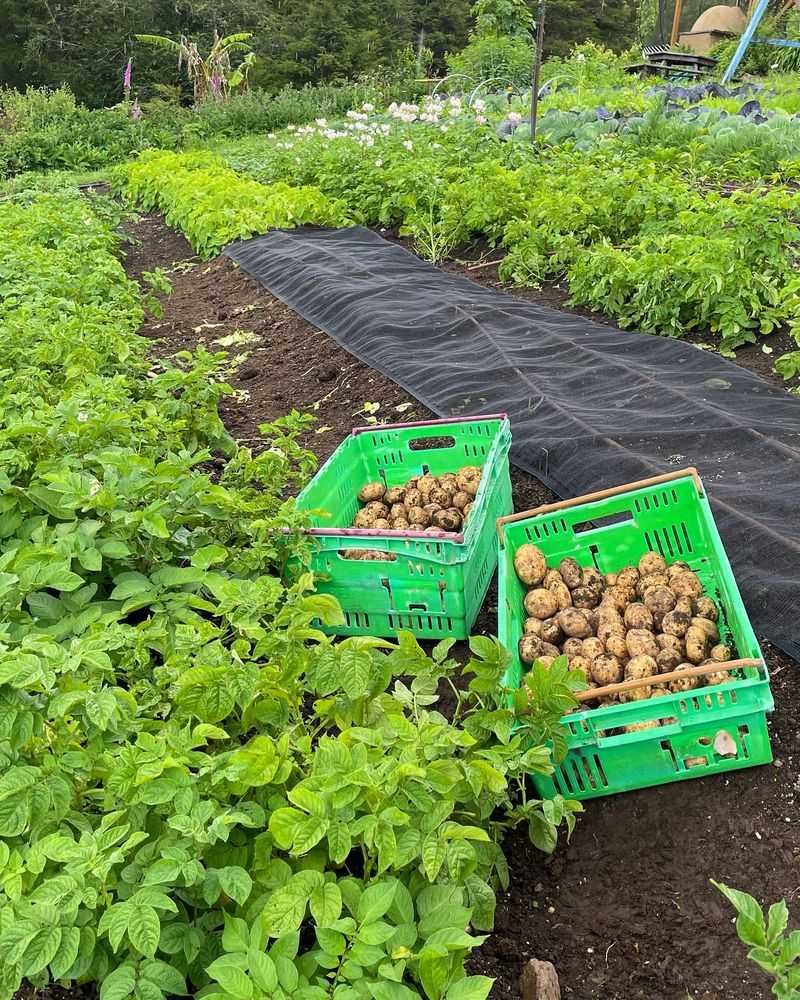Oh, the joys of gardening! There’s nothing quite like the fresh aroma of mint wafting through the air.
But as any seasoned gardener knows, mint can be a bit of a bully in the garden. Its vigorous growth and tendency to spread can spell trouble for certain neighbors.
Take it from me, choosing the right companions for mint is crucial if you want your garden to thrive. So, let’s explore 22 herbs and crops you should definitely keep away from this feisty herb!
1. Basil
Imagine the sweet aroma of basil filling the air as it grows lush and green. Basil and mint, however, are not the best of friends.
The aggressive nature of mint can easily overshadow the more delicate basil, stunting its growth.
When mint spreads its roots, it tends to hog all the nutrients, leaving basil struggling for sustenance. If you’re planning to grow basil, it’s best to give it its own space where it can flourish without any pushy neighbors.
Keep these two apart, and you’ll enjoy the best of both worlds—aromatic and vibrant herbs in your garden.
2. Cilantro
Picture the fresh and zesty taste of cilantro brightening up your dishes. But cilantro’s subtle demeanor doesn’t stand a chance against mint’s robust growth.
This feisty herb can overshadow cilantro, leaving it with little room to breathe.
Mint’s invasive roots can also rob cilantro of the essential nutrients it needs. To keep your cilantro thriving, plant it at a distance from mint.
By giving cilantro ample space, you’ll ensure that its flavor and vitality remain intact, ready to enhance your culinary creations with its distinctive taste.
3. Thyme
Thyme, with its earthy aroma, is a delight in any garden. However, this hardy herb finds itself overwhelmed when mint is nearby. The rapid spread of mint can easily take over, leaving thyme struggling to retain its space.
Mint’s aggressive nature can also interfere with thyme’s access to sunlight and nutrients. For a harmonious herb garden, it’s wise to plant thyme in a separate area from mint.
By doing so, thyme can continue to thrive, offering its savory essence to your dishes without the overpowering presence of mint.
4. Oregano
The robust flavor of oregano is a must for any culinary enthusiast. Yet, when placed near mint, oregano can find itself in a losing battle for resources. Mint’s vigorous growth can quickly overshadow oregano, affecting its health.
Competing for nutrients, oregano might fail to reach its full potential if planted too close to mint. To keep oregano flourishing and full of flavor, give it its own dedicated space.
This way, you can enjoy the best of both worlds—vibrant oregano leaves and the bold presence of mint in your garden.
5. Chamomile
Chamomile, known for its calming properties, is a gentle presence in any garden. However, its tranquility is disrupted by the aggressive nature of mint. Mint’s tendency to spread quickly can dominate the area, leaving chamomile struggling.
The invasive roots of mint can also deplete the soil of nutrients needed by chamomile. To maintain a peaceful coexistence, consider planting chamomile away from mint.
By doing so, you ensure that chamomile remains healthy and continues to provide its soothing benefits without the interference of an overbearing companion.
6. Lavender
Lavender’s calming fragrance is a favorite among gardeners, but it doesn’t pair well with mint. The rapid growth of mint can easily overshadow lavender, depriving it of sunlight and nutrients.
Lavender thrives in well-drained soil, while mint prefers moist conditions, making them incompatible companions. For lavender to flourish, it’s best to plant it away from mint.
By giving lavender its own space, you ensure that its soothing scent and beautiful blooms remain a highlight in your garden.
7. Parsley
When planted near mint, parsley can struggle to compete for essential resources. Mint’s aggressive nature can easily overshadow parsley, affecting its growth.
Mint’s invasive roots can deprive parsley of the nutrients it needs. To keep parsley thriving, it’s best to provide it with its own space away from mint.
By doing so, you’ll ensure that parsley remains healthy and ready to enhance your culinary creations with its delightful flavor.
8. Sage
Sage, with its robust aroma and flavor, is a staple in many herb gardens. However, when planted near mint, sage can find itself overwhelmed. Mint’s aggressive growth can quickly take over, leaving sage with limited resources.
The competition for nutrients and sunlight can hinder sage’s ability to thrive. To ensure a healthy sage plant, it’s wise to grow it away from mint.
By providing sage with its own space, you can enjoy its earthy essence without the interference of an overpowering neighbor.
9. Rosemary
Rosemary’s woody aroma is a delightful addition to any garden. Yet, when placed near mint, rosemary can struggle to compete for resources. Mint’s vigorous growth can easily overshadow rosemary, affecting its health.
The difference in soil preferences—rosemary’s need for well-drained soil versus mint’s love for moisture—further adds to their incompatibility.
For rosemary to flourish, it’s best to plant it away from mint. By giving rosemary its own space, you ensure that its fragrant leaves continue to enhance your garden and culinary dishes.
10. Tomatoes
Mint’s aggressive nature can quickly overshadow tomato plants. The competition for nutrients and space can hinder the growth of tomatoes.
Mint’s spreading roots can also interfere with the root system of tomato plants. To keep your tomatoes healthy and productive, it’s wise to plant them away from mint.
By doing so, you’ll ensure a bountiful harvest of ripe, juicy tomatoes ready to enhance your dishes with their delicious flavor.
11. Carrots
When placed near mint, carrots can struggle. Mint’s aggressive growth can overshadow carrots, affecting their development.
The competition for essential nutrients can hinder carrot growth, leaving you with smaller and less flavorful produce. To ensure a healthy carrot crop, it’s best to plant them away from mint.
By giving carrots their own space, you’ll enjoy a bountiful harvest of sweet and crunchy carrots ready to enhance your meals.
12. Beets
Beets, with their vibrant color and earthy sweetness, are a nutritious addition to any garden. However, mint’s vigorous growth can overshadow beet plants, affecting their development.
The competition for nutrients can hinder beet growth, resulting in smaller and less flavorful produce. To keep your beet crop thriving, it’s wise to plant them away from mint.
By doing so, you’ll ensure a healthy harvest of vibrant, flavorful beets ready to enhance your meals with their earthy goodness.
13. Onions
Onions can struggle to compete for resources when planted near mint. Mint’s aggressive growth can easily overshadow onion plants, affecting their health.
The competition for nutrients can hinder onion growth, resulting in smaller and less flavorful bulbs. To keep your onion crop healthy, it’s wise to plant them away from mint.
By providing onions with their own space, you’ll enjoy a bountiful harvest of flavorful onions ready to enhance your dishes.
14. Garlic
When placed near mint, garlic can find itself in a losing battle for resources. Mint’s vigorous growth can overshadow garlic, affecting its development.
The competition for nutrients can hinder garlic growth, leaving you with smaller and less flavorful bulbs. To ensure a healthy garlic crop, it’s best to plant them away from mint.
By doing so, you’ll enjoy a bountiful harvest of robust, flavorful garlic ready to enhance your culinary creations.
15. Peppers
Peppers are a favorite among gardeners. However, mint’s aggressive nature can quickly overshadow pepper plants. The competition for nutrients and space can hinder the growth of peppers.
Mint’s spreading roots can also interfere with the root system of pepper plants. To keep your peppers healthy and productive, it’s wise to plant them away from mint.
By giving peppers their own space, you’ll ensure a bountiful harvest of vibrant, spicy peppers ready to enhance your dishes.
16. Cucumbers
Cucumbers, with their refreshing taste and crisp texture, are a garden favorite. Yet, when placed near mint, cucumber plants can struggle. Mint’s aggressive growth can overshadow cucumbers, affecting their development.
The competition for essential nutrients can hinder cucumber growth, leaving you with smaller and less flavorful produce.
To ensure a healthy cucumber crop, it’s best to plant them away from mint. By giving cucumbers their own space, you’ll enjoy a bountiful harvest of refreshing, crisp cucumbers ready to enhance your meals.
17. Squash
Mint’s vigorous growth can overshadow squash plants, affecting their development.
The competition for nutrients can hinder squash growth, resulting in smaller and less flavorful produce. To keep your squash crop thriving, it’s wise to plant them away from mint.
By doing so, you’ll ensure a healthy harvest of versatile, flavorful squash ready to enhance your meals and culinary creations.
18. Radishes
Radishes, with their peppery crunch, are a delightful addition to salads. Yet, when placed near mint, radish plants can find themselves struggling. Mint’s aggressive growth can overshadow radishes, affecting their development.
The competition for essential nutrients can hinder radish growth, leaving you with smaller and less flavorful produce.
To ensure a healthy radish crop, it’s best to plant them away from mint. By giving radishes their own space, you’ll enjoy a bountiful harvest of spicy, crunchy radishes ready to enhance your dishes.
19. Lettuce
Mint’s aggressive nature can quickly overshadow lettuce plants. The competition for nutrients and space can hinder the growth of lettuce.
Mint’s spreading roots can also interfere with the root system of lettuce plants. To keep your lettuce healthy and productive, it’s wise to plant them away from mint.
By providing lettuce with their own space, you’ll ensure a bountiful harvest of crisp, refreshing lettuce ready to enhance your meals.
20. Spinach
When placed near mint, spinach plants can struggle. Mint’s aggressive growth can overshadow spinach, affecting its development.
The competition for essential nutrients can hinder spinach growth, leaving you with smaller and less flavorful produce.
To ensure a healthy spinach crop, it’s best to plant them away from mint. By giving spinach its own space, you’ll enjoy a bountiful harvest of rich, nutritious spinach ready to enhance your meals.
21. Zucchini
Zucchini, with its tender and versatile flesh, is a garden favorite. However, mint’s vigorous growth can overshadow zucchini plants, affecting their development.
The competition for nutrients can hinder zucchini growth, resulting in smaller and less flavorful produce.
To keep your zucchini crop thriving, it’s wise to plant them away from mint. By doing so, you’ll ensure a healthy harvest of tender, versatile zucchini ready to enhance your meals and culinary creations.
22. Potatoes
When placed near mint, potato plants can struggle. Mint’s aggressive growth can overshadow potatoes, affecting their development.
The competition for essential nutrients can hinder potato growth, leaving you with smaller and less flavorful tubers.
To ensure a healthy potato crop, it’s best to plant them away from mint. By giving potatoes their own space, you’ll enjoy a bountiful harvest of hearty, versatile potatoes ready to enhance your meals.

